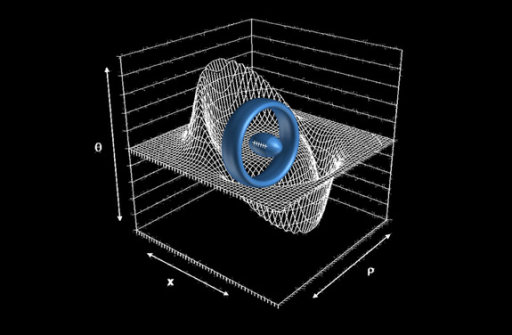

This is easy:
1. Pick the place in interstellar space you want to be.
2. Press the button
3. Space-Time folds like a taco onto the location you are currently at, allowing you to move to the location you want to be.
4. Ship moves to that location.
5. End of journey.
How much energy could it take to warp space-time? 10^639483 joules here, 10^639483 joules there - eventually it ends up running into real energy required.
Scientists surprised to find warp drive more feasible than the Chevy Volt.


But series, IMHO I think they should approach Space Travel and traveling at 'warp speed' as if we were Socks and our Space Ship was a HUGH clothes Dryer.
After all if a mere sock can disappear - passing through the space-time continuum to God only knows where - why not us. Just build HUGH Clothes Dryers, climb in, set to 'gentle', hit the switch, and be done with it. Off we go!
Sorry for hitting the thread late. I was working on my Cold Fusion Reactor in the garage. Almost done with it, just have to finish soldering the Flux Capacitor and wring it in. Plus a 1/2 pound of Plutonium Oxide crystals but that's no biggie -- I'm checking Craigslist for that.
Cool, but since we’re not doing any exploring with our current proven existing technology, I’m not sure what makes anybody think we’ll do any with hypothetical potential future technology. I wish it were otherwise.

Since the craft itself wouldn’t actually be traveling through space at faster than light speeds, but rather the manipulation of space-time around it, I wonder if there would be any time travel implications here?
...in other words, should the craft ever return to Earth, or was able to, at some point, communicate with Earth, would there be a significant time difference between the craft and Earth, during or following the journey.
Soundtrack for the first flight if they ever move it from concept into the testing phase:
http://www.youtube.com/watch?v=EEEzbFxEbB8